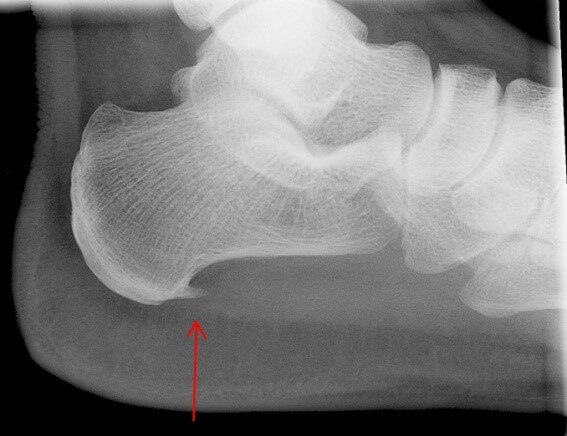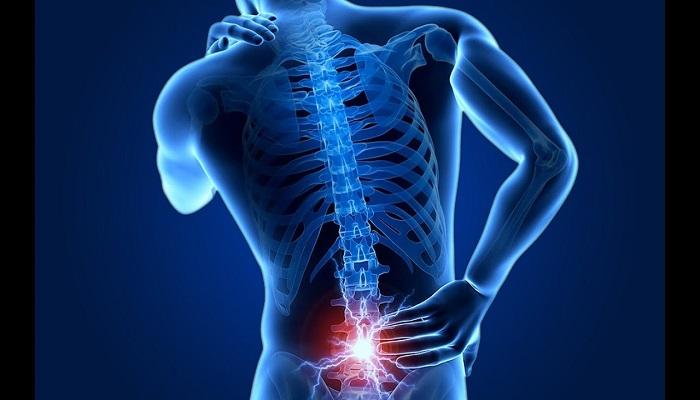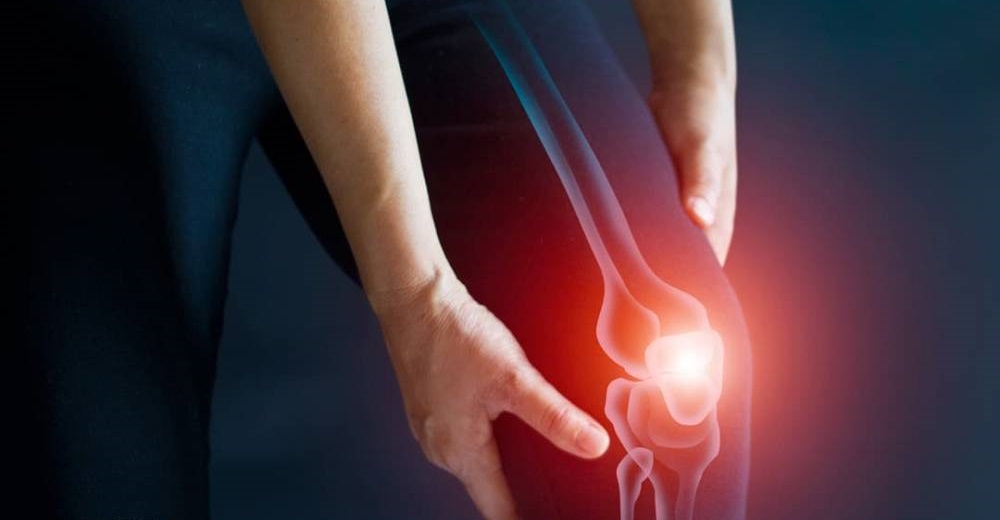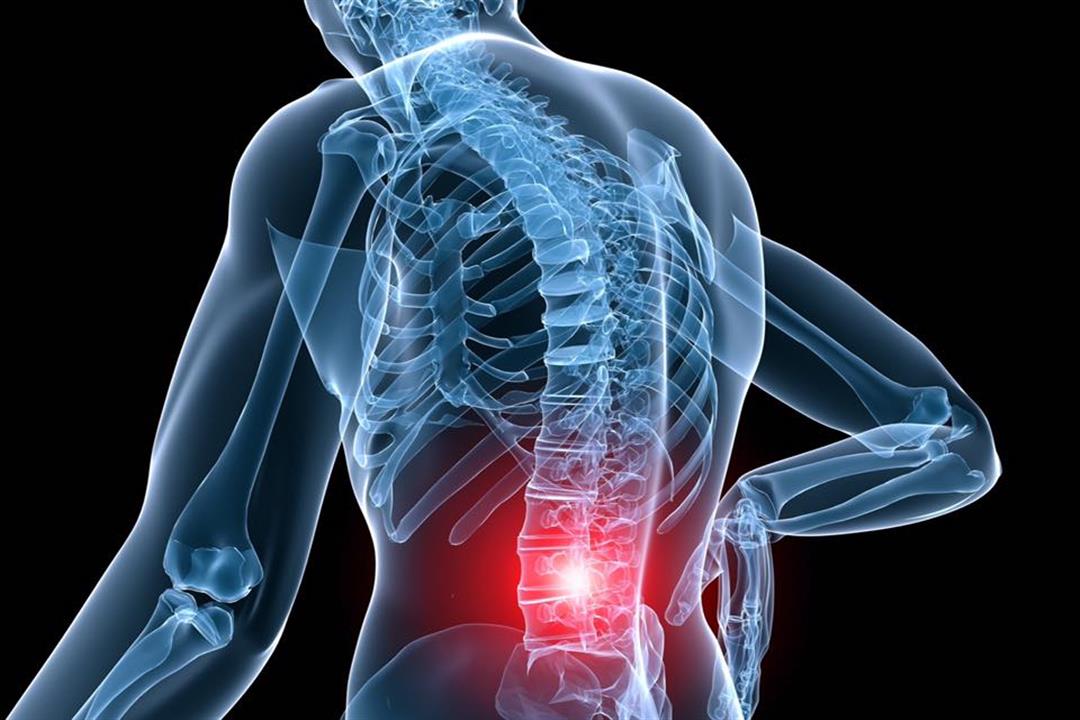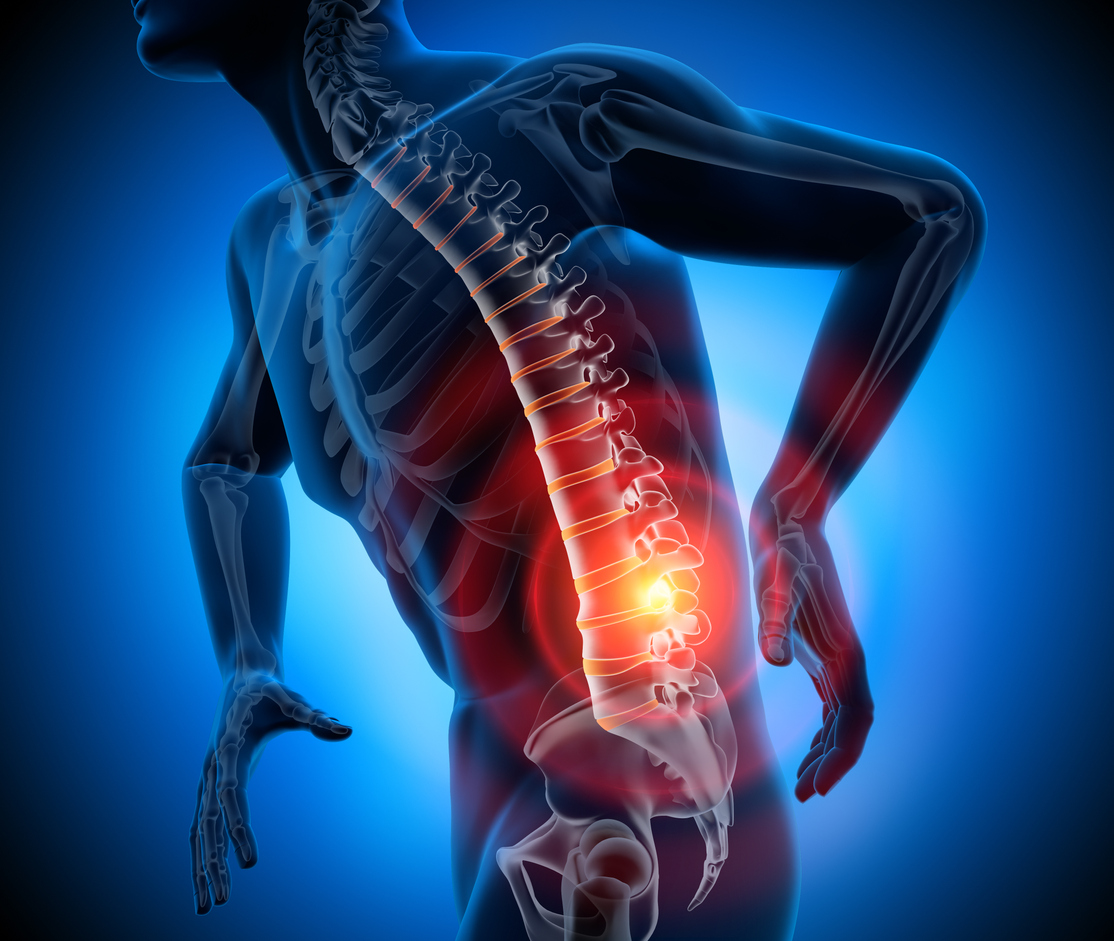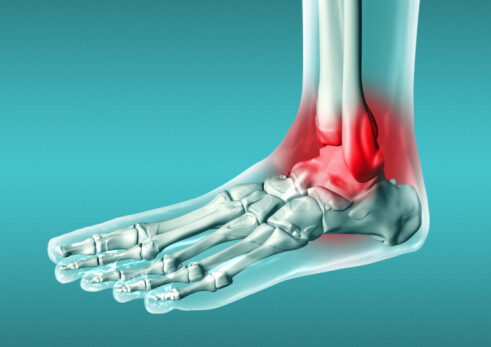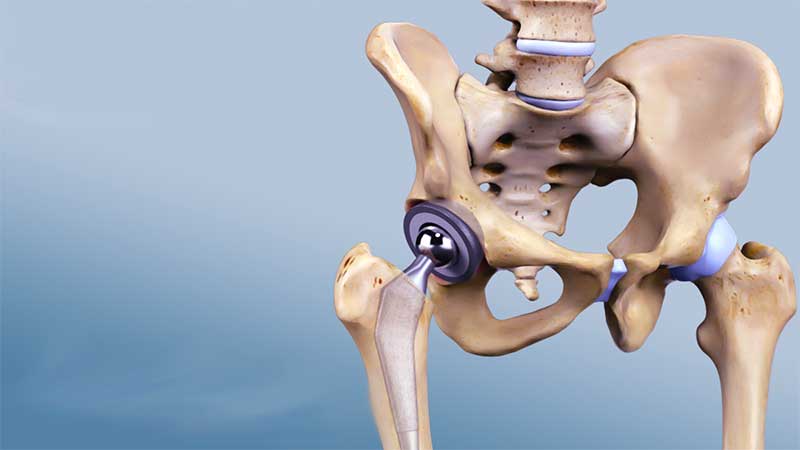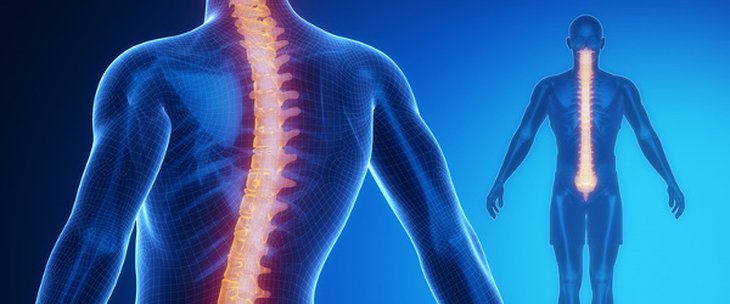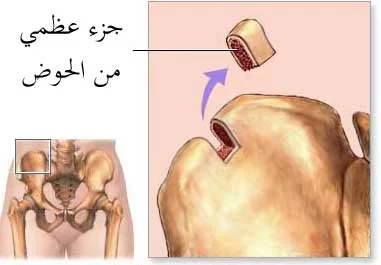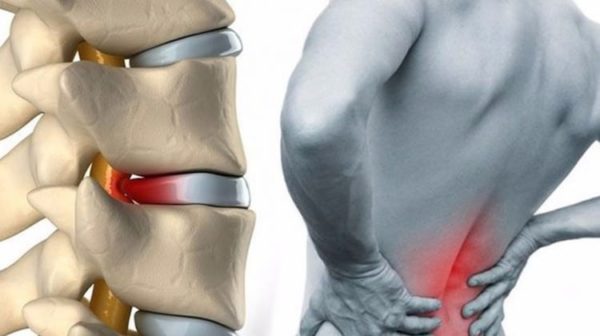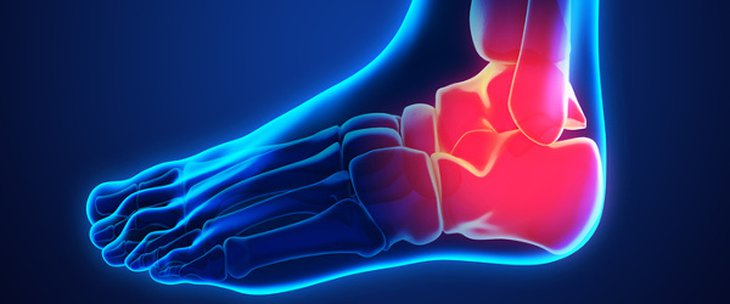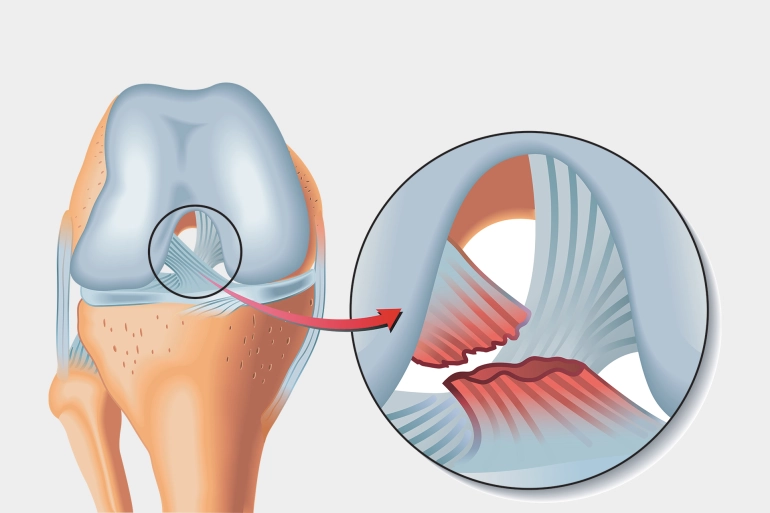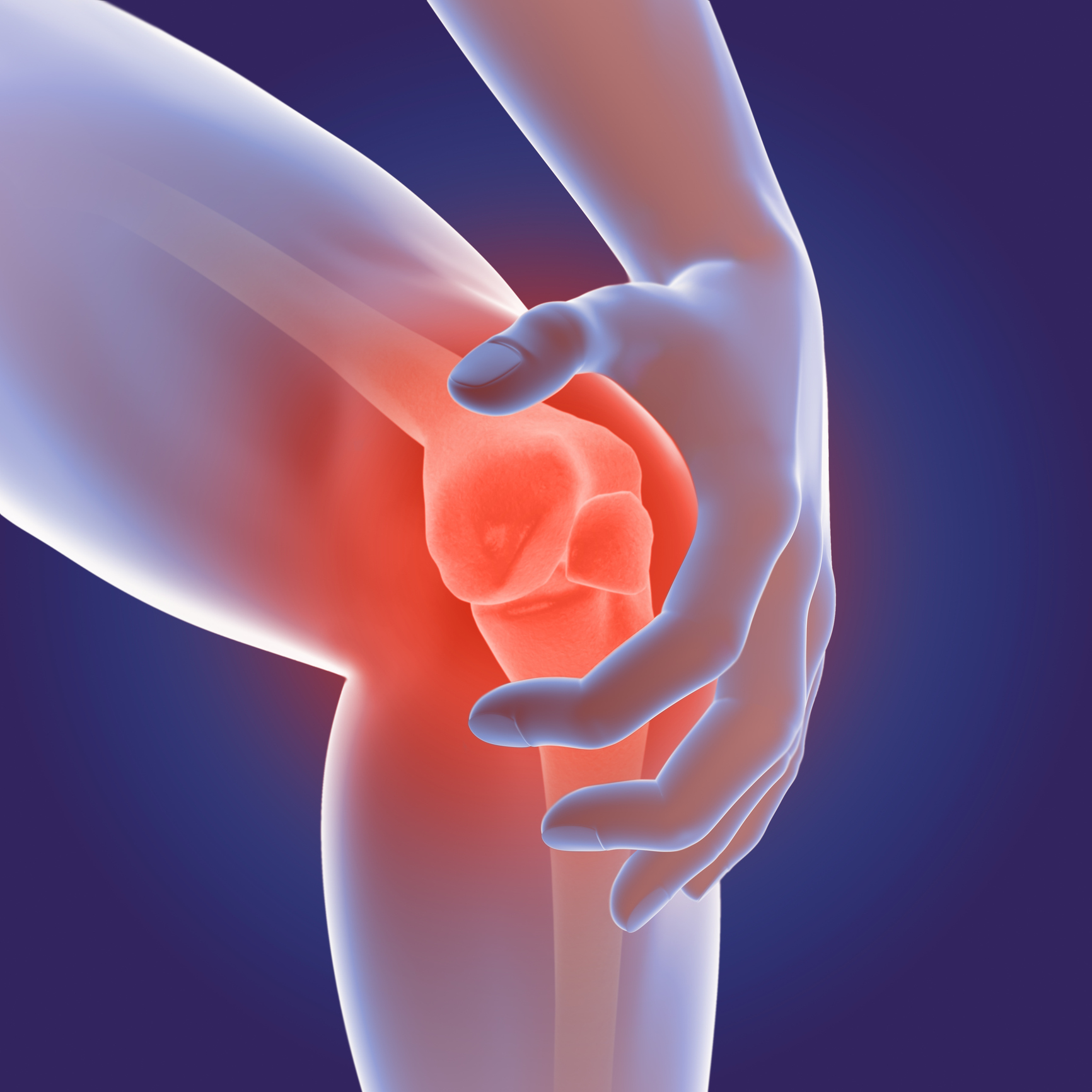Learn more about water on the knee treatment
Water pooling in the knee area is a health problem that occurs to many individuals and has many causes, some of which are simple and do not cause concern, while others require immediate medical intervention. Follow the following article with us to learn more information on this subject.
Water treatment on the knee
Many methods are followed in the treatment of water on the knee, and the most appropriate is determined according to the extent of the development of the condition and the reasons leading to this happening, and examples of treatment used to get rid of knee water:
Conservative treatment
In this treatment method, the focus is on supporting the knee joint and relieving swelling and pain resulting from it, for example:
- Ensure complete rest and avoid any effort.
- Apply ice packs to the knee area to reduce swelling.
- Ensure that the injured leg is at a higher level than the rest of the body.
- Knee support wears to limit movement throughout the treatment period.
- Do some exercises under the supervision of a specialist.
Pharmacotherapy
- Some pain relievers do not require medical advice before taking them.
- Non-steroidal anti-inflammatory drugs such as ibuprofen.
- Cortisone injections are taken directly into the joint or cortisone medications such as Prednisone.
- If the swelling of the knee is the result of gout, colchicine is recommended.
- In case of infection, antibiotics are taken.
- In the case of arthritis, vital and anti-rheumatoid drugs are taken.
Surgical treatment
The surgical solution is a candidate in the case of serious injury and for which the previous treatment methods do not work at all, for example:
- Arthrocentesis: During this, the fluids in the knee area are withdrawn.
- Arthroscopy: This is where the repair of damaged tissue is done.
- Joint replacement: This is resorted to if there is significant tissue damage to the joint.
Water on the knee
The knee joint is one of the largest and most complex joints in the human body because it connects many parts, such as the femur, patella, and shin bones. It also contains the synovial membrane that covers the joint, which contains synovial fluid and cartilage that protects the bones from damage. friction.
In addition, there are many other tissues surrounding the knee joint, such as blood vessels that nourish the knee and bursa bags that are filled with many fluids that reduce bone friction with each other when moving, in addition to ligaments that connect bones and tendons that connect bones to muscles.
An accumulation of water in the knee may occur according to many reasons, such as:
- An increase in the amounts of synovial fluid secreted.
- The presence of a leak in the lymph fluid or blood that is present in the blood vessels and their transmission to the inside of the seismic membrane.
- An accumulation of tissue and blood in the soft tissues that surround the joint.
Symptoms of water on the knee
The symptoms of knee water differ from one person to another according to the main reason that may have led to this occurrence from the beginning, but some symptoms are present in most cases, such as:
- Swelling in the affected knee.
- The appearance of bouts of pain from time to time, the severity of which varies according to the cause of their appearance.
- Knee stiffness and loss of ability to move or bend it well.
- A sensation of heat emanating from the affected knee.
- Inability to move the joint well.
- Loss of ability to balance and bear body weight on the knee.
Knee water treatment
In order to be able to treat knee water well, we must understand well the main reason behind this happening to know how to deal with it well, and this health problem is more common among sports people who suffer some injuries such as sprains or elderly people who suffer of rheumatoid arthritis or who suffer from obesity, and the most common causes of this matter are:
injuries
Some injuries may cause water to collect in the knee as a result of damage to the joint or the tissues that surround it, and the most common of these injuries are:
- Being broken or dislocated.
- A tear in the ligaments, tendons, or meniscus.
- Irritation and inflammation of the joint or the tissues that surround it, such as tendinitis, and this is due to overuse of the knee joint.
Health problems
There are some diseases whose symptoms may be an accumulation of water in the knee area, such as:
- Osteoarthritis.
- Reactive arthritis.
- Rheumatoid arthritis.
- septic arthritis;
- Inflammation of the bursa.
- Gout or pseudogout.
- Bleeding in the joint, known as hemarthrosis.
- coatings.

